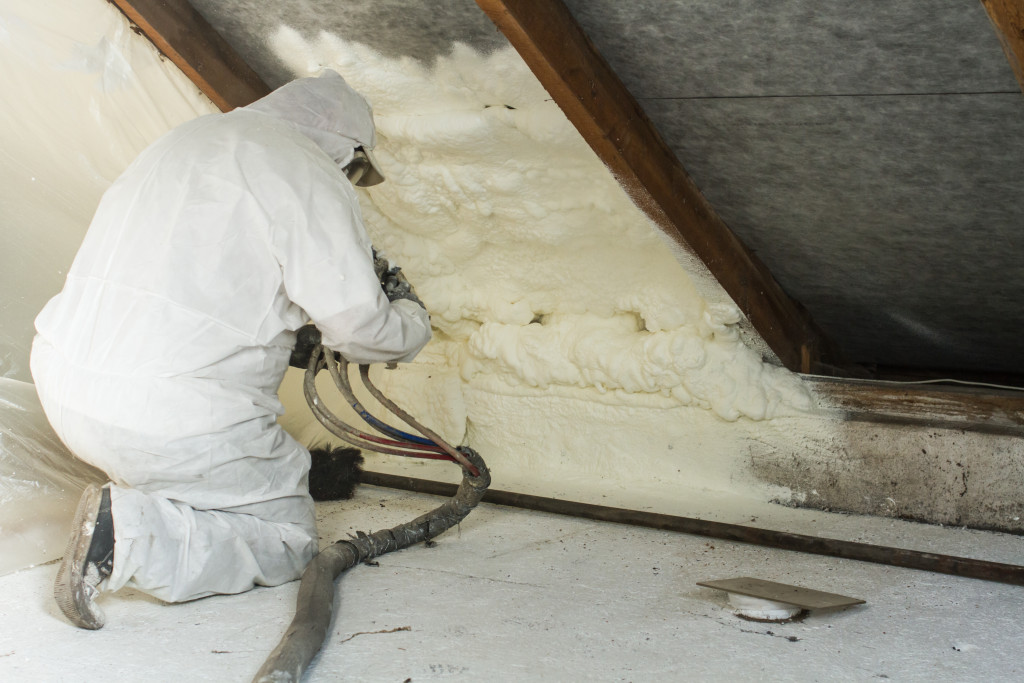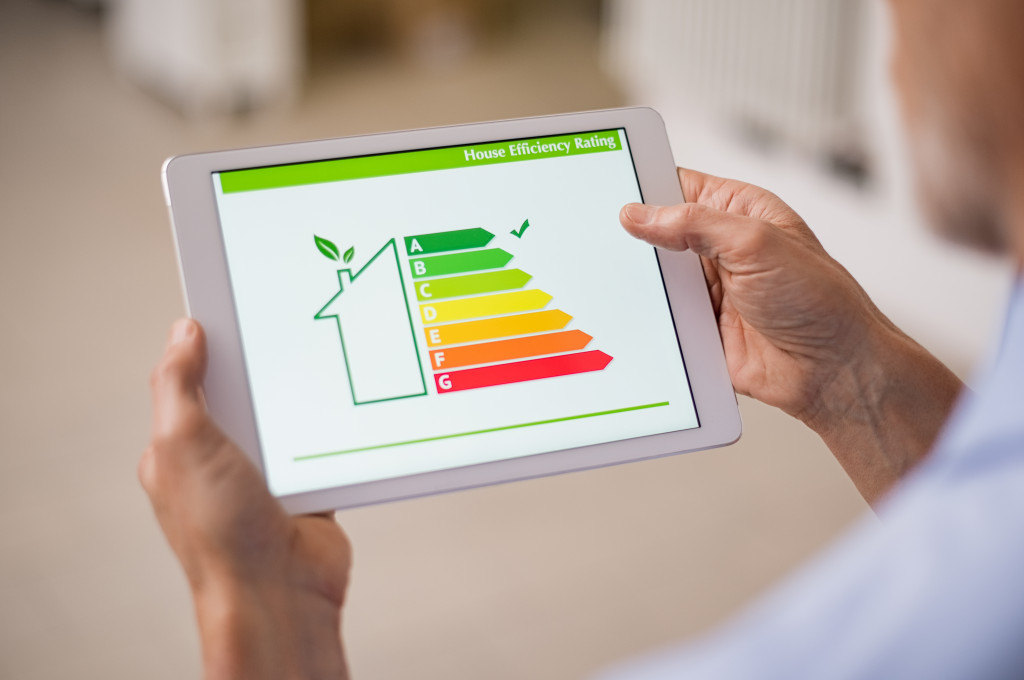- Maximize natural light for energy savings, improved mood, and enhanced productivity.
- Update appliances with energy-efficient models for increased savings and reduced environmental impact.
- Install proper seal and insulation to maintain consistent temperatures and lower energy usage.
- Regularly monitor energy usage and make small changes for incremental, significant efficiency gains.
Efficiency at home is a crucial aspect that contributes to an overall sustainable lifestyle, bringing financial savings and environmental benefits. According to the U.S. Energy Information Administration, the residential sector accounted for about 20% of the total energy consumption in the United States. An efficient home can significantly reduce this demand. Statistics from the Department of Energy indicate that making energy-efficient updates in homes can save 25%-30% on energy bills. This translates to huge savings over time and leads to a lower carbon footprint, playing a part in combating climate change. Thus, prioritizing home efficiency is an economically and environmentally conscious decision.
However, you might not know where to start when it comes to making your home more energy-efficient. You can focus on various areas, and figuring out what to prioritize can be overwhelming. To help guide you, here are some tips on what areas to prioritize for maximum efficiency at home.
Incorporate Natural Lighting

One of the most impactful steps toward home efficiency is maximizing natural light. A well-lit, naturally bright home significantly reduces reliance on artificial lighting, leading to a considerable decrease in electricity usage and energy bills. Besides, natural light is known for its positive impact on mental well-being, improving mood, boosting productivity, and helping regulate sleep cycles.
Efficient pitched roof lights are an excellent example of incorporating natural light. They are specially designed to allow more sunlight into your home, enhancing the brightness without compromising the insulation. These roof lights are often double-glazed, keeping your home warm in winter and cool in summer, thus reducing the need for heating and air conditioning.
Another way to maximize natural light is through the strategic placement of mirrors. Positioned opposite windows, mirrors can reflect sunlight into the room, amplifying the light’s reach. Similarly, light-colored paint and decor can enhance natural light, with their high reflectivity brightening up spaces.
By embracing natural light, you can create an energy-efficient, healthier, and more welcoming home environment.
Update Appliances
Older appliances tend to be less energy-efficient compared to newer models. Therefore, updating your home’s appliances should be a high priority when striving for efficiency. Look for energy-efficient options with a high Energy Star rating indicating efficient performance.
Here are a few examples of what to update:
Energy-Efficient Appliances
Investing in energy-efficient appliances is another effective way to boost home efficiency. These appliances are designed to perform the same tasks as their conventional counterparts but consume less energy, reducing utility bills and environmental impact. According to the U.S. Department of Energy, replacing old, inefficient appliances with Energy Star-rated models can save you up to $200 per year in energy costs.
Smart Thermostats
Smart thermostats are a worthwhile consideration in improving home efficiency. These devices adjust the temperature in your home based on your habits and preferences, preventing energy waste. Moreover, you can control them remotely using your smartphone, allowing you to manage your home’s heating and cooling system on the go. Some smart thermostats can even provide energy consumption reports, helping you understand and optimize your usage.
High-Efficiency Water Heaters
Water heating is typically one of the most energy-consuming tasks in a household. High-efficiency water heaters can significantly reduce the energy needed for this task. Tankless water heaters, for instance, heat water directly without needing a storage tank, thereby eliminating the energy losses associated with traditional storage water heaters. Solar water heaters are another excellent option, as they utilize free, renewable solar energy to heat water.
Energy-Efficient Light Bulbs
Lastly, switch to energy-efficient light bulbs like LEDs or CFLs. These bulbs use up to 80% less energy than traditional incandescent bulbs and last much longer, which means you will replace them less frequently and save more power in the long run. Remember, every little bit helps when it comes to making your home more efficient.
Proper Seal and Insulation

Proper sealing and insulation hold immense significance when it comes to enhancing your home’s energy efficiency. Commonly, homes can lose a significant portion of their heat or air conditioning due to poor insulation and unwanted air leaks. This leads to increased energy consumption as your heating or cooling system works harder to compensate for the loss, resulting in higher energy bills.
Sealing cracks around windows and doors with weatherstripping can effectively prevent these leaks. Similarly, caulking can fill gaps in the building envelope, including the areas around faucets, pipes, electric outlets, and wiring.
Insulation plays a critical role in maintaining a consistent temperature in your home. It resists the heat flow, keeping your home warmer in winter and cooler in summer. Attic, wall, and floor insulation are essential in preventing heat loss or gain. Choosing high-quality insulation materials and ensuring proper installation can significantly improve your home’s energy efficiency, enjoy a more comfortable living space, and substantially save your utility bills.
Final Thoughts
Efficiency at home is a journey, and it’s essential to prioritize areas that will have the most significant impact. By incorporating natural lighting, updating appliances, and proper seal and insulation, you can make your home more energy-efficient, save money, and reduce your carbon footprint. Remember to monitor your energy usage regularly and make small changes where possible, such as turning off lights and unplugging electronics when not in use. Every effort counts towards a more sustainable future for our planet.
